Church Cemetery
A spooky juxtaposition of caves and graves gives this legend-filled cemetery a particularly haunting vibe.
If the concept of going underground in a Victorian cemetery isn’t enough to give you the shivers, this one also boasts a possible Druidic temple, a former hangman’s gallow, and caves where Robin Hood himself is said to have stabled his horses.
Also known as Rock Cemetery, owing to its shallow soil and outcrops of sandstone, Church Cemetery was founded in 1851 on a barren hillside formerly used as a quarry and a place of public execution. It was built to accommodate the dead of a rapidly expanding urban population just outside Nottingham.
The quarry’s ready-made holes, nooks, crannies, pits, and caves have been put to ingenious use for both the dead and the living. Sandstone tombs and grave plots speckle the grounds. A long tunnel driven beneath part of the graveyard leads to an exclusive area, intended to allow those discriminating Victorians to remain separated by class even in death. Perhaps unsurprisingly, this tunnel-accessed area was never popular with grieving relatives and soon hosted many of the poorest graves instead.
The presence of a 3,000-year-old Druidic temple in the cemetery was hypothesized at the time of its conception. Reverend George Oliver, a local vicar, got into a spat with the cemetery’s planners over halting the site’s development to preserve its archaeological heritage. Oliver was certain a manmade, semicircular pit 140 yards long with rock-hewn caves and labyrinthine tunnels was an important Bronze Age site of worship. A less romantic but equally interesting theory was put forward that the depression and caves were simply a relic of medieval industrial activity.
This enigmatic formation also includes what some claim are the caves where Robin Hood stabled his trusty steeds. Whether or not the legendary outlaw of Sherwood ever really boarded his horses in the cemetery—or even visited this hilltop location, for that matter—is something every visitor must decide for themselves.
Notable burials include Sir Frank Bowden, the founder of Nottingham’s renowned Raleigh Bicycle Company; famed architect Watson Fothergill; and the cemetery’s founder, Edwin Patchett. In contrast, the “pauper’s graves” provide an insight into the often brutally harsh and short lives led by the less fortunate during Britain’s industrial age. One particularly blunt epitaph honoring an infant says nothing except that the child died at only five minutes old.
Know Before You Go
The cemetery is publicly accessible and is on one of the busiest roads in to the city from the North. Busses bound for Hucknall and Mansfield pass close by. The Forest recreation ground next to the site has a large public car park.


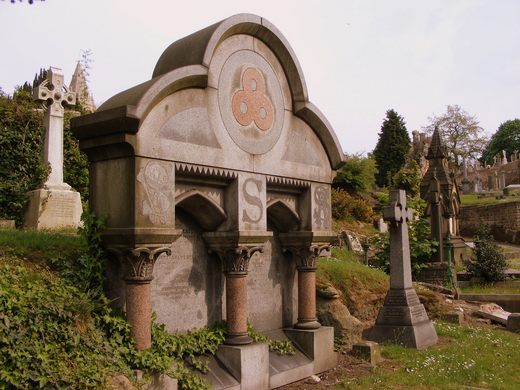

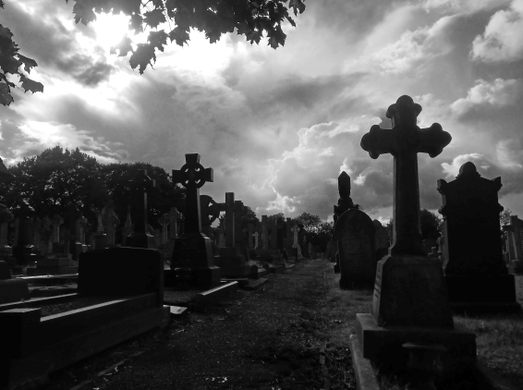
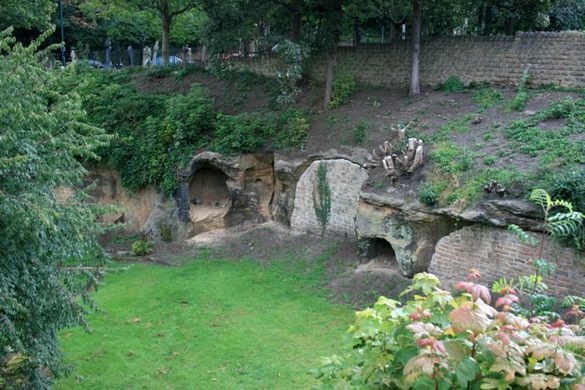

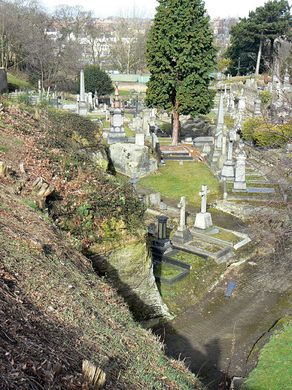











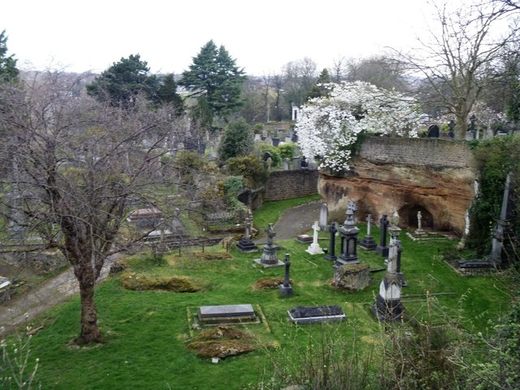


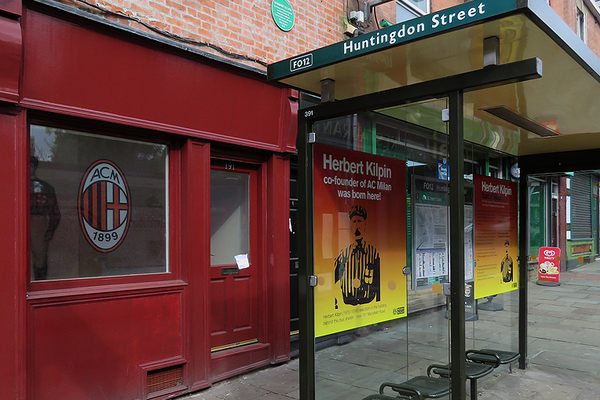



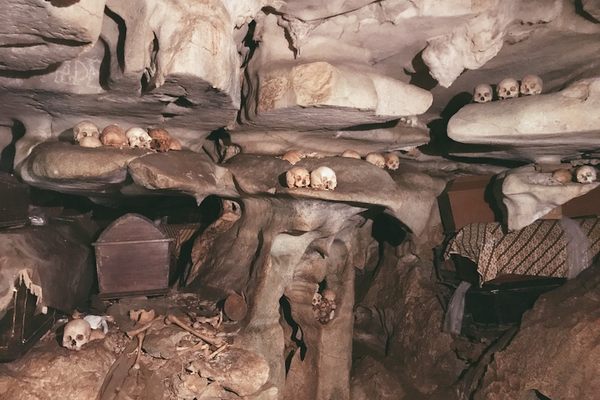


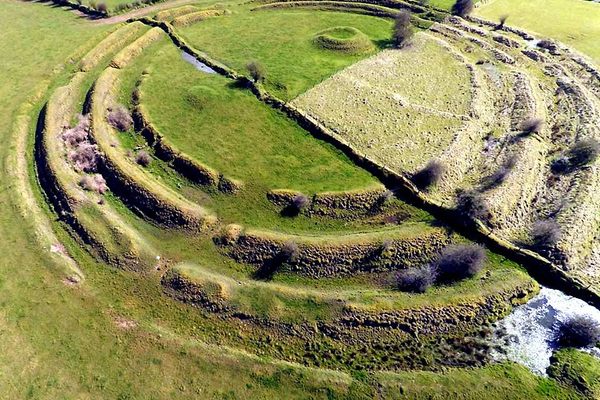

Follow us on Twitter to get the latest on the world's hidden wonders.
Like us on Facebook to get the latest on the world's hidden wonders.
Follow us on Twitter Like us on Facebook